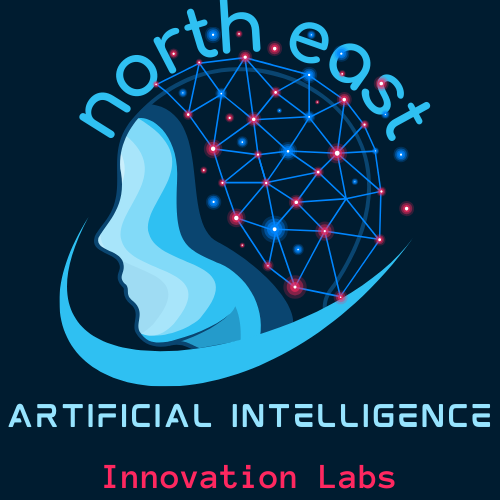The AI Revolution: What it means for India's North-East

Artificial Intelligence (AI) is transforming economies and societies worldwide, and India is no exception. As the fifth largest economy (and soon to be third largest), with a massive workforce, India stands at the crossroads of a technological revolution. While AI promises efficiency, innovation, and economic growth, it also raises concerns about job displacement, skill gaps, and economic disparity. These gains and concerns will be felt across the country. But while the mainstream discourse around AI development has largely revolved in and around tech hubs like Bangalore, the implications of AI in the relatively remote regions of the North-Eastern states—Assam, Arunachal Pradesh, Manipur, Meghalaya, Mizoram, Nagaland, Tripura, and Sikkim - are both unique and interesting. The region, known for its breathtaking landscapes, diverse cultures, and rich natural resources, has often faced economic and infrastructural challenges. However, the AI revolution presents a unique opportunity to bridge gaps, foster development, and create a sustainable future.
The Current Landscape of AI in North-East India
Despite being geographically remote and often overlooked in major policy discussions, the North-East is gradually embracing AI-driven innovations. A few initiatives have begun integrating AI into governance, education, and industry, but a systematic approach is required to maximize its benefits.
Some key areas where AI is already making an impact in the North-East include:
Agriculture: With a high dependency on agriculture, AI-powered tools like predictive analytics, weather forecasting, and smart irrigation can enhance productivity. Startups and government-backed initiatives are experimenting with AI-driven techniques to improve crop yields and reduce post-harvest losses.
Healthcare: AI-driven diagnostic tools, telemedicine, and robotic-assisted surgeries are helping bridge the healthcare divide. Remote villages can now access better medical consultation through AI-powered mobile applications.
Education: AI-based learning platforms, personalized tutoring, and language translation tools can help overcome educational barriers and improve literacy rates in the region.
Tourism and Heritage Preservation: AI can contribute to promoting the region’s tourism potential through smart recommendations, chatbot-based travel assistants, and augmented reality experiences showcasing North-East’s cultural heritage.
Disaster Management: AI can enhance early warning systems for floods, landslides, and earthquakes, which frequently affect the region. Predictive modeling and drone surveillance can aid in disaster preparedness and response.
Challenges to AI Adoption in North-East India
While AI presents immense potential, several challenges hinder its widespread adoption in the North-East:
Lack of Infrastructure: Poor internet connectivity, inadequate power supply, and insufficient digital infrastructure limit the penetration of AI-driven technologies.
Limited Skilled Workforce: AI expertise is still concentrated in metropolitan areas, with few AI professionals and training institutions in the North-East.
Low Awareness and Adoption: Many local businesses and farmers are unaware of AI’s potential and how it can improve their productivity and efficiency.
Policy and Funding Constraints: The government needs to implement AI-friendly policies and provide funding opportunities for startups and researchers focusing on AI applications in the North-East.
The Road Ahead: Harnessing AI for Sustainable Growth
To fully realize the potential of AI in the North-East, a multi-pronged approach involving government, industry, academia, and local communities is essential. Some key steps to drive AI adoption in the region could be:
Develop AI-Focused Infrastructure: Investment in digital connectivity, cloud computing centers, and AI research labs can provide a strong foundation for AI-driven growth.
Skill Development and Training: Updating AI and data science courses in universities (Generative AI/LLMs + capable labs), providing scholarships, and establishing AI training centers will create a skilled workforce.
AI-Powered Governance: Governments can use AI for better policymaking, fraud detection, and improving public service delivery in sectors like health, education, and transportation.
Encouraging Startups and Innovation: Establishing AI incubation centers, providing seed funding, and promoting AI startups focused on regional problems can foster local innovation.
Community Engagement and Awareness: Conducting workshops, hackathons, and awareness campaigns can help educate local communities about AI’s benefits and practical applications.
The AI revolution is here to stay, and the North-East Indian states should not be left behind. With its unique challenges and opportunities, the region can leverage AI to drive economic development, improve public services, and create a more sustainable future. By focusing on infrastructure, skill development, and innovative policy-making, North-East India can emerge as a hub of AI-driven progress, making technology work for its people rather than against them. AI’s potential in the region is boundless, and the time to act is now.




